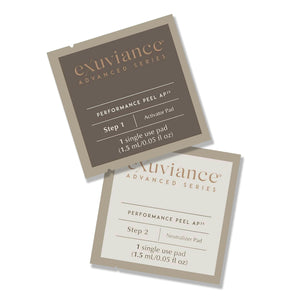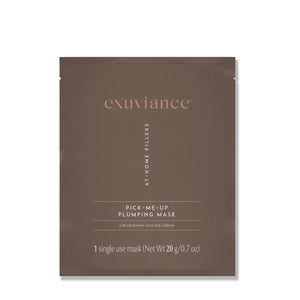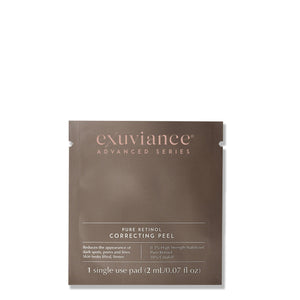We’re not teenagers anymore, so why do we still have acne? Turns out acne is the most common skin condition in the United States and becoming even more common in adult women.1 Self-reporting studies show statistics as high as 50% of women over age 20 are affected by adult acne.2 The impact of acne often goes well beyond blemishes. People who have acne often also suffer significant physical and psychological effects including permanent scarring, poor self-image, depression and anxiety.3-4
Acne appears when a pore in our skin clogs. Normally, dead skin cells rise to the surface of the pore, and the body sheds the cells. When the body produces too much sebum (the oil that keeps our skin hydrated), the dead skin cells can stick together inside the pore. Instead of rising to the surface, the cells become trapped inside. Bacteria that live on our skin, known as p. acnes, also get inside the clogged pore, which is a perfect environment for bacteria to multiply quickly. The buildup of bacteria in the pore causes it to become inflamed. If the inflammation goes deep into the skin, an acne cyst or nodule may appear.
Signs of acne include blackheads, whiteheads, papules, pustules (aka pimples) and cysts. In teenagers, acne is part-genetic, part-hormonal and largely the result of increased oil production. Adult acne tends to be deeper, more painful and more cyclical. It is usually caused by stress or hormonal fluctuations and is centralized around the mouth, jaw and chin. Because cell turnover slows with age, adult skin can take longer to heal and can be complicated by pigmentation issues.
Women often experience fluctuating hormones surrounding their periods, during pregnancy, peri-menopause, and menopause or after discontinuing (or starting) birth control pills.
An imbalance can lead to breakouts.
When we’re stressed, our bodies produce more androgens (a type of hormone) that stimulate the oil glands and hair follicles in the skin, which can lead to acne.
Studies suggest that some people may have a genetic predisposition for acne.
If you have oily or combination skin and are prone to breakouts, you should be using products labeled "oil-free", "non-comedogenic", "non-acnegenic" or "water-based". Cleansing too frequently or too intensely can also be drying, causing your skin to produce more oil to overcompensate.
Acne is a side effect of some medicines. If you suspect that a medicine is triggering your acne or making it worse, continue taking the medicine — but talk with the doctor who prescribed it.
Treatment for adult acne or acne-prone skin focuses on the 4 main contributing factors – overactive sebaceous glands, cell proliferation, bacteria growth and inflammation.
Look for multifunctional products that include ingredients like salicylic acid and glycolic acid, which exfoliate to help remove surface dead skin cells; benzoyl peroxide, which helps kill bacteria; and soothing botanicals that help soothe skin.
While not every product works for everyone who has acne or acne-prone skin, virtually every case of acne can be addressed. It takes time and perseverance. Acne treatment doesn’t work overnight. At-home treatment generally requires 4-8 weeks to see improvement and once acne clears, you must continue treatment to prevent future breakouts.

Always start with a cleanser – and use it twice a day. Follow that with a targeted treatment for skin imperfections and blemishes and then an antiaging primer/ pore minimizer, over or under your moisturizer. Last step is a moisturizer. Although you have oily skin, it’s still important to keep your skin hydrated.
References- AAD: Skin Conditions by the Numbers https://www.aad.org/media/stats/conditions/skin-conditions-by-the-numbers
- Perkins AC, Maglione J, Hillebrand GG, Miyamoto K, Kimball AB. Acne vulgaris in women: prevalence across the life span. J Womens Health (Larchmt). 2012;21(2):223–230.
- Rocha MA, Bagatin E. Adult-onset acne: prevalence, impact, and management challenges. Clin Cosmet Investig Dermatol. 2018;11:59–69. Published 2018 Feb 1. doi:10.2147/CCID.S137794
- Tanghetti EA, Kawata AK, Daniels SR, Yeomans K, Burk CT, Callender VD. Understanding the burden of adult female acne. J Clin Aesthet Dermatol. 2014;7(2):22–30.
- Acne AAD: https://www.aad.org/public/diseases/acne-and-rosacea/acne
- Zaenglein, Andrea L. et al. Guidelines of care for the management of acne vulgaris. Journal of the American Academy of Dermatology, Volume 74 , Issue 5 , 945 - 973.e33




